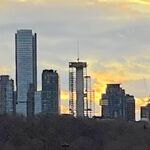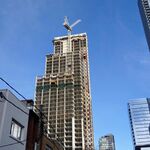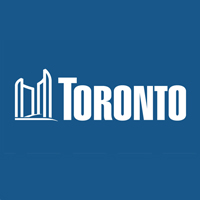Not sure about all those listed, but the Humber Loop area and Park Lawn/Lake Shore in Etobicoke have higher densities than any of the communities along the lanes he is proposing. This is not a "subway for everybody" scenario. Queensway and Lakeshore should have dedicated bus and streetcar lanes. When people see this kinds of plans, and they see themselves left out, despite living in more urban/dense neighborhoods than the ones where transit lines are being proposed, that is a problem. Objectively speaking, this area based on density alone should be at the top of the priority list for rapid transit (No, a Go train that will only stop 1/hour - every second train, is not rapid local transit).
He's promising based on places he thinks he'll get votes (which is fine) - if it was purely based on objective truths based on densities and current access to rapid transit (like you seem to be implying), this neighbourhood would be #1 on his list.
I don't find this analysis compelling.
His plan isn't based on areas that 'deserve' transit, but rather on diverting a set amount of money he believes is available to projects that can be afforded with that money, and with an eye to network value (how any new investment will work with what exists now/is under construction now/or one of the other investments he has proposed.)
Where would you put a BRT at Lakeshore and Park Lawn? There's no space for one, beyond the already planned upgrade of the tracks on Lakeshore from Humber Loop to Park Lawn to exclusive ROW, which he doesn't mention, presumably because its already planned.
Going west of Parklawn there would be a challenge to say the least. There won't be BRT or LRT on Park Lawn.
So that would leave, presumably, connecting the Lakeshore streetcar, before or after Queensway to the Western Waterfront LRT.
Again, that proposal already exists, and is delayed, expressly for the Ontario Line, by Mx. (The City was ready to proceed, subject to funding). As it stands, work cannot begin on the WWLRT before the late 2020s due to the preceding, unless Mx has a change of heart.
Put another way, there is nothing to deliver in the near-term for this community, beyond those works already committed to....






